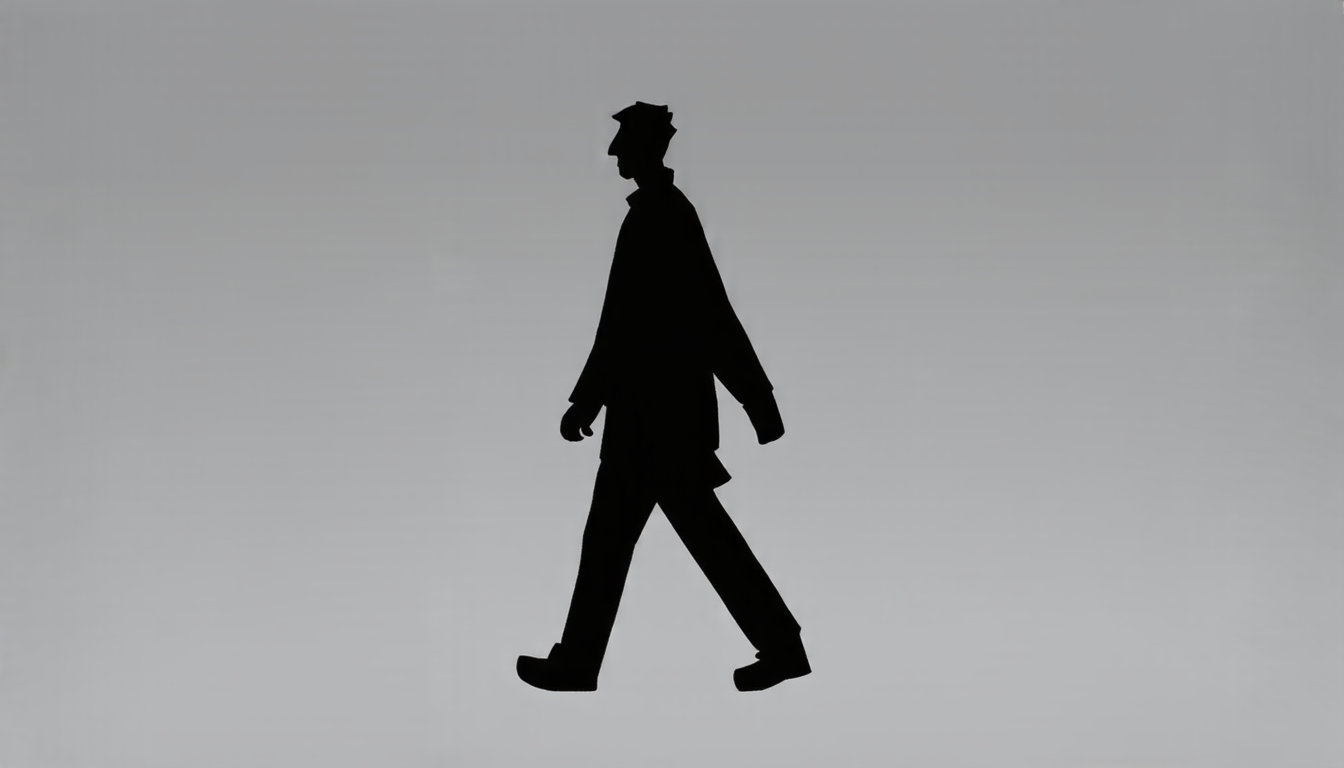Friday 25 July 2025
Scientists have made a significant breakthrough in the field of human motion capture, allowing them to track and analyze movements with unprecedented accuracy. The innovation comes in the form of a novel approach that simulates inertial measurement unit (IMU) signals from loose clothing, enabling researchers to study human movement without relying on tightly attached sensors.
Traditionally, IMUs have been strapped to the body to track movements, but this setup has its limitations. For instance, it can be uncomfortable and may not accurately capture subtle changes in posture or movement. To overcome these challenges, a team of researchers developed a new method that uses diffusion models to simulate IMU signals from loose clothing.
The approach works by training a neural network on existing data sets featuring human movements captured using tightly attached IMUs. The network then learns to generate synthetic IMU signals that mimic the movements seen in the original data, but this time from loose clothing. This allows researchers to analyze human movement without the need for invasive or uncomfortable sensors.
One of the key benefits of this new approach is its ability to capture subtle variations in posture and movement that may not be observable with traditional methods. For instance, the system can detect changes in gait, balance, and even emotional state, all from simply observing the way a person moves while wearing loose clothing.
The implications of this innovation are far-reaching. It could revolutionize fields such as healthcare, sports medicine, and entertainment, where accurate human motion capture is crucial for understanding and improving performance. For instance, athletes could use this technology to analyze their movements and identify areas for improvement, while researchers in healthcare could study the effects of various conditions on movement patterns.
The system is also highly versatile, allowing it to be used in a variety of settings, from laboratory environments to real-world scenarios. Its portability and ease of use make it an attractive option for researchers who need to collect data on the go.
In addition to its practical applications, this innovation has the potential to shed new light on our understanding of human movement itself. By capturing subtle variations in posture and movement, scientists may uncover new insights into the neural mechanisms that govern human motor control.
The development of this technology is a testament to the power of interdisciplinary collaboration, bringing together experts from fields such as computer science, neuroscience, and biomechanics to tackle a complex problem. As researchers continue to refine this approach, it will be exciting to see the new discoveries and breakthroughs that emerge from its application in various fields.
Cite this article: “Revolutionizing Human Motion Capture with Loose Clothing Sensors”, The Science Archive, 2025.
Human Motion Capture, Inertial Measurement Unit, Imu Signals, Loose Clothing, Neural Network, Diffusion Models, Posture, Movement Analysis, Healthcare, Sports Medicine







